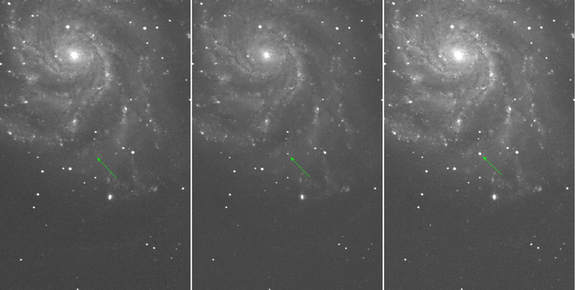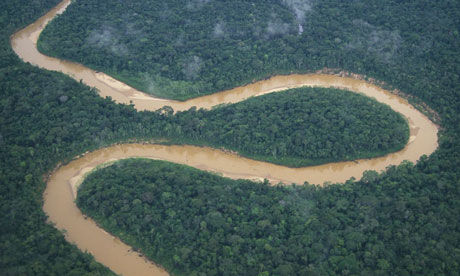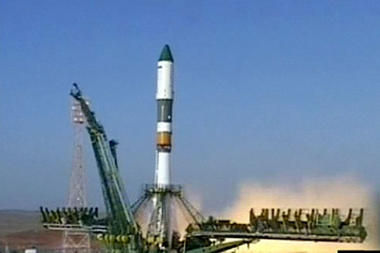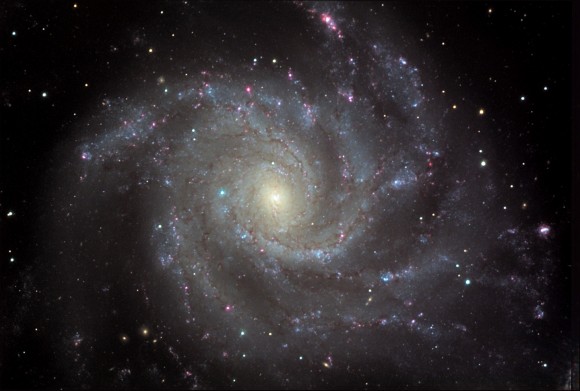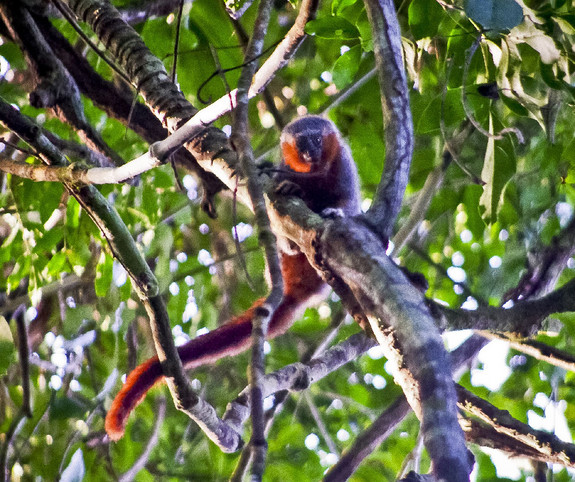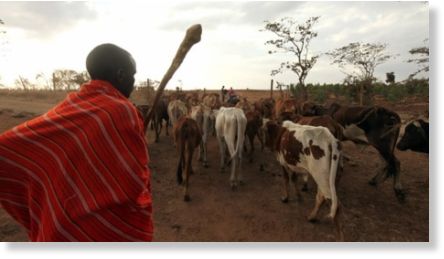
The study suggests the risk of major violence doubles during El Nino, a weather phenomenon which brings hot temperatures and reduced rainfall to tropical regions every five years or so.
A group of researchers from Princeton and Columbia University's Earth Institute looked back over the past half-century, and compared the timing and location of civil wars with the appearance of El Nino Southern Oscillation, or ENSO.
The multi-disciplinary researchers looked at conflicts between 1950 and 2004, where 25 or more people were killed in "battle-related deaths," says the study which was published this week in the journal Nature. That amounted to 234 conflicts in 175 countries.
The group mainly looked at tropical countries that are directly linked -- or "teleconnected" -- to El Nino, and used countries that are weakly affected be El Nino as a comparison.
